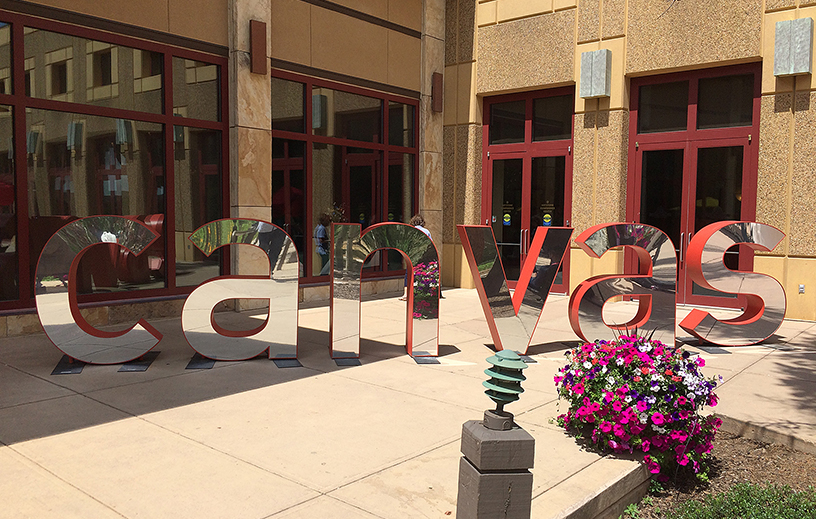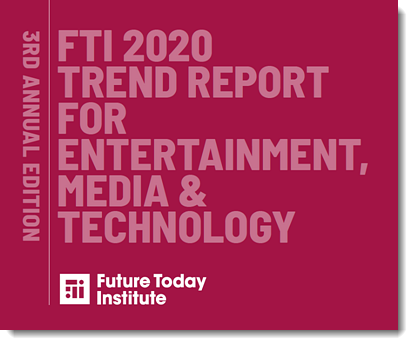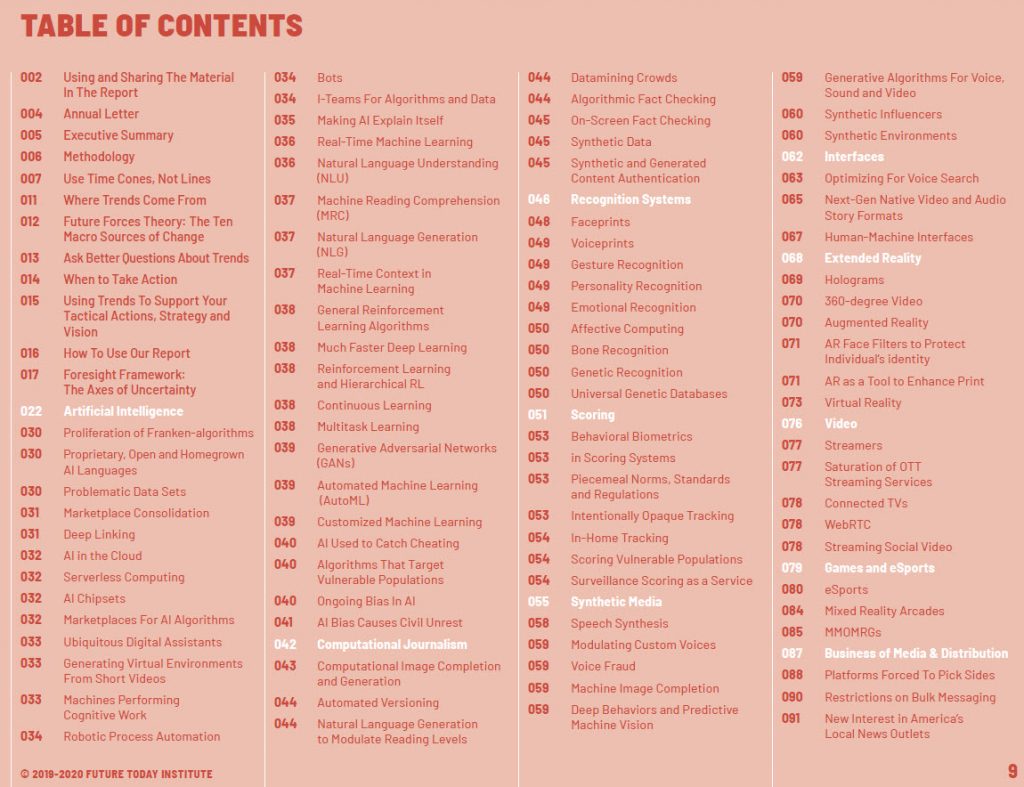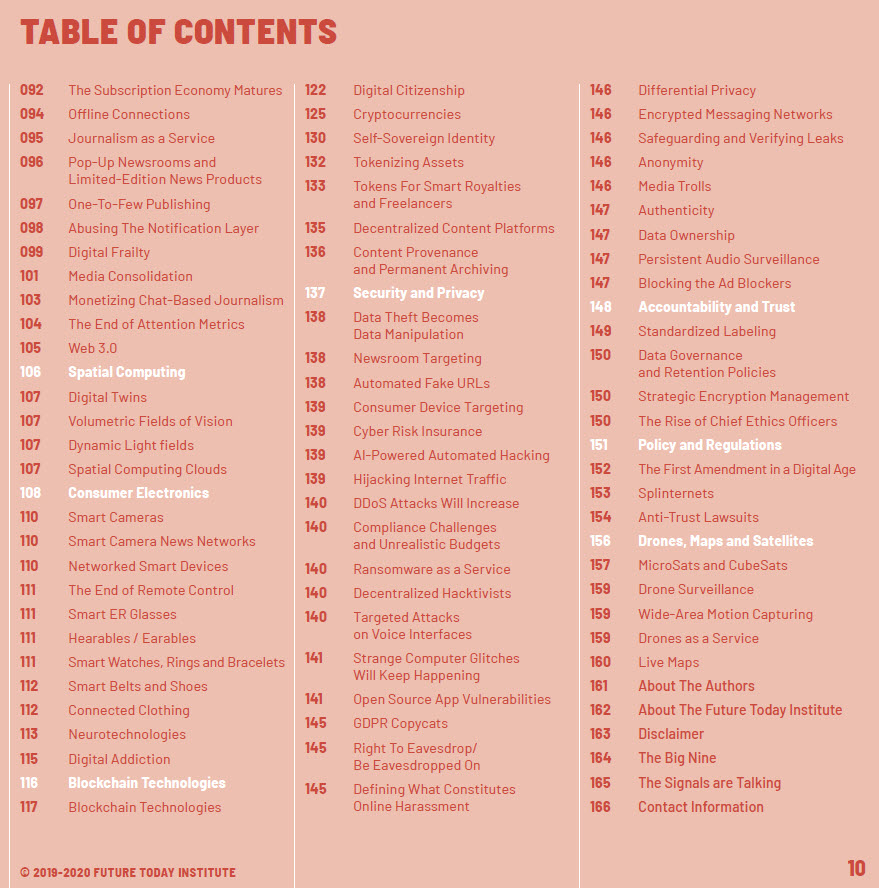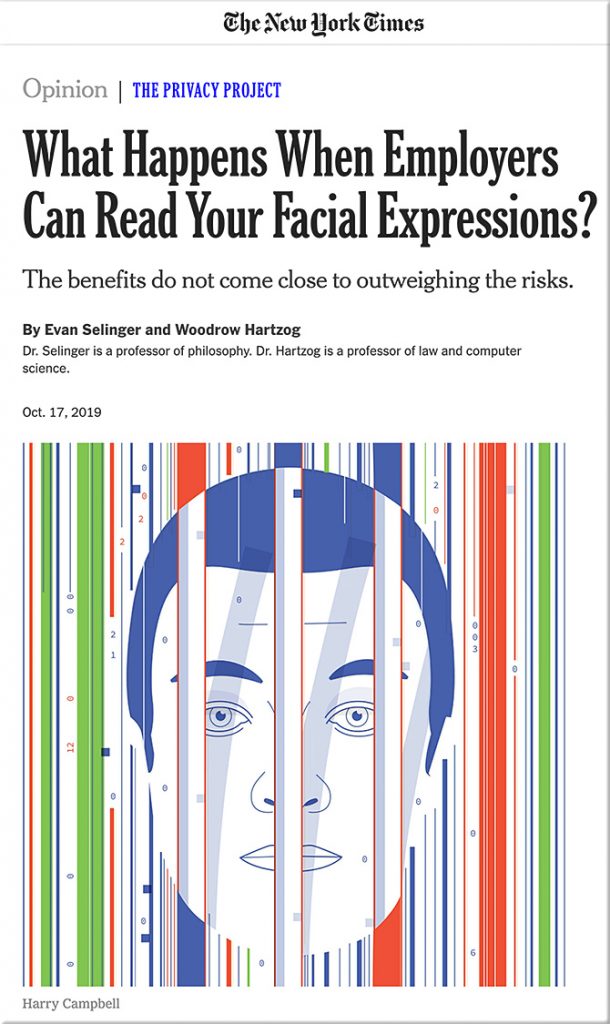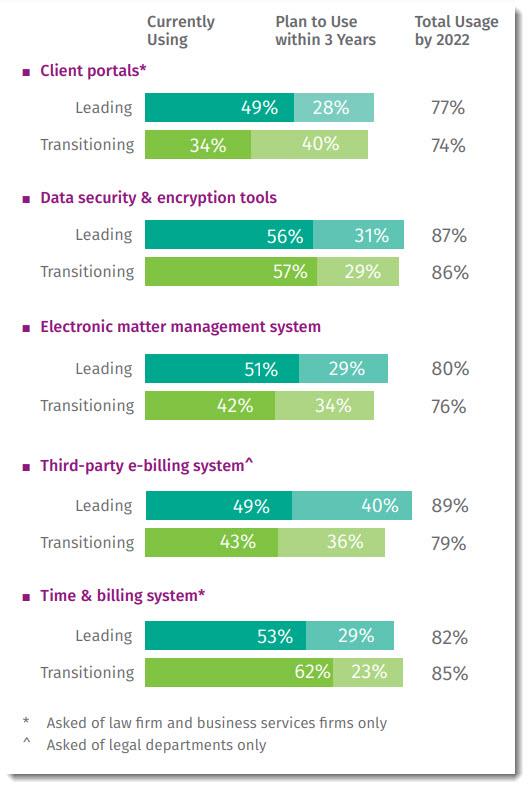7 Artificial Intelligence Trends to Watch in 2020 — from interestingengineering.com by Christopher McFadden
Excerpts:
Per this article, the following trends were listed:
- Computer Graphics will greatly benefit from AI
- Deepfakes will only get better, er, worse
- Predictive text should get better and better
- Ethics will become more important as time goes by
- Quantum computing will supercharge AI
- Facial recognition will appear in more places
- AI will help in the optimization of production pipelines
Also, this article listed several more trends:
According to sources like The Next Web, some of the main AI trends for 2020 include:
- The use of AI to make healthcare more accurate and less costly
- Greater attention paid to explainability and trust
- AI becoming less data-hungry
- Improved accuracy and efficiency of neural networks
- Automated AI development
- Expanded use of AI in manufacturing
- Geopolitical implications for the uses of AI
Artificial Intelligence offers great potential and great risks for humans in the future. While still in its infancy, it is already being employed in some interesting ways.
According to sources like Forbes, some of the next “big things” in technology include, but are not limited to:
- Blockchain
- Blockchain As A Service
- AI-Led Automation
- Machine Learning
- Enterprise Content Management
- AI For The Back Office
- Quantum Computing AI Applications
- Mainstreamed IoT
Also see:
Artificial intelligence predictions for 2020: 16 experts have their say — from verdict.co.uk by Ellen Daniel
Excerpts:
- Organisations will build in processes and policies to prevent and address potential biases in AI
- Deepfakes will become a serious threat to corporations
- Candidate (and employee) care in the world of artificial intelligence
- AI will augment humans, not replace them
- Greater demand for AI understanding
- Ramp up in autonomous vehicles
- To fully take advantage of AI technologies, you’ll need to retrain your entire organisation
- Voice technologies will infiltrate the office
- IT will run itself while data acquires its own DNA
- The ethics of AI
- Health data and AI
- AI to become an intrinsic part of robotic process automation (RPA)
- BERT will open up a whole new world of deep learning use cases
The hottest trend in the industry right now is in Natural Language Processing (NLP). Over the past year, a new method called BERT (Bidirectional Encoder Representations from Transformers) has been developed for designing neural networks that work with text. Now, we suddenly have models that will understand the semantic meaning of what’s in text, going beyond the basics. This creates a lot more opportunity for deep learning to be used more widely.













